Masking oneself against the mood swings of Mother Nature can be challenging, especially when dealing with downpours. Warm, sunny weather can swiftly transform into a deluge, leaving you scrambling for cover unless equipped with the right protection- a good set of rain gear. Quality rain gear not only keeps you dry but also lets you continue your outdoor activities undeterred. Therefore, choosing durable, efficient rain gear is paramount.
But how can you ensure you're picking the right items? This guide will take you through the critical factors to consider when selecting reliable rain gear, from understanding the inherent importance of these protective garments, to material and design choices and considerations on construction and workmanship. We will also discuss how you can take care of your gear to prolong its life and effectiveness. So, let's arm you with the knowledge to weather the storm.
Understanding the Importance of Rain Gear
When it comes to enjoying outdoor activities, the weather can be an unpredictable component. A sudden downpour can put a damper on a hike, picnic, or camping trip. That's where rain gear comes into the picture. These waterproof items are designed to keep you dry, even when Mother Nature has other plans. Let's delve a little deeper into how rain gear works and why it is a critical component for various outdoor activities.
How Rain Gear Keeps You Dry
Essentially, rain gear serves one primary purpose – to repel water. But how exactly does that happen? It all comes down to the materials used and the unique design features that keep the rain out while allowing some degree of breathability.
- Waterproof Materials: Rain gear is typically made of fabrics that are inherently impervious to water. Some common materials include nylon and polyester, which are often coated or laminated with waterproof substances such as polyurethane or silicone.
- Sealed Seams and Zippers: The seams and zippers of rain gear are potential entry points for water. To prevent this, manufacturers seal these areas using techniques like fully-taped seams and water-resistant zippers.
- Design Features: Many rain gear pieces come with additional design features to increase their water repelling capabilities. These may include adjustable hoods and cuffs, storm flaps over zippers, and strategic venting for breathability without compromising water protection.
So, you might be wondering, "Why is staying dry so important?" Well, staying dry is not only a matter of comfort but also a key factor for maintaining the body temperature in cold conditions, preventing hypothermia.
Role of Rain Gear for Different Outdoor Activities
Different outdoor activities call for varying types and degrees of rain protection.
- Hiking and Camping: For hiking and camping, rain jackets and pants are essential. They keep the rain off your clothes and protect your body from wind chill. If you’re spending the night, a waterproof tent and sleeping bag cover are also critical.
- Cycling: When cycling, not only should the rider be protected, but the bicycle should also be kept dry. Waterproof jackets, gloves, and shoe covers are advisable for the rider, while a waterproof cover can be used for the bike.
- Fishing: Fishing often involves standing still in one spot for long periods, making it easier for the rain to soak through. Waterproof jackets, hats, and pants are essential, along with waterproof bags to protect equipment.
Remember, skimping on rain gear can lead to an uncomfortable and potentially risky outing. So, whether you're planning an adventure in torrential rain or light drizzle, always ensure you're adequately equipped with the right rain gear.
In this way, understanding the importance of rain gear can help you maximize your comfort and safety across varied weather conditions and outdoor activities. It reminds us that with the right preparation, not even the rain can stop us from enjoying the great outdoors.
Materials Considerations
When it comes to selecting the perfect outdoor gear, a crucial factor to consider is the material it's constructed from. The materials used can significantly influence the performance, durability, and comfort of the gear. It's worthwhile to become familiar with the types of materials available to make the best choice. Let's delve deeper into the aspects you should keep an eye on when considering materials for your outdoor gear.
What Materials to Look for
From rugged boots to lightweight jackets, various material options exist, each with its unique features. Here are a few prominent ones:
- Nylon: This synthetic material is known for its resilience against wear and tear. It's an excellent choice for bags, jackets, tents, and boots due to its durability and resistance to water.
- Polyester: Favoured for its swift-drying properties, polyester is a common choice for clothing and rainwear. Bonus points for its outstanding resistance to UV rays, too!
- Leather: Offering high-end durability and comfort, leather is a timeless choice for shoes and gloves. Its impressive wear resistance makes it perfect for rough terrains.
Breathability vs. Waterproof Rating
The age-old conundrum of breathability versus waterproof rating is the source of much debate among outdoor enthusiasts. But why choose one? Let's uncover the importance of both:
- Breathability allows moisture from sweat to escape, keeping you dry from the inside. This is especially vital during strenuous activities like hiking or rock climbing. Materials like polyester and nylon mesh excel in this area.
- A high Waterproof Rating ensures resistance to rain and wet conditions, keeping external moisture at bay. Look for gear made of nylon or Gore-Tex for this quality.
Balancing these two properties is key to staying comfortable outdoors - neither should be compromised!
Durability and Wear Resistance of Various Materials
Durability is yet another notable factor in materials consideration. It determines the longevity of your gear and whether it can withstand rough and tough use. As mentioned before, materials like nylon and leather score high on durability and wear resistance. They can endure extreme conditions without succumbing to quick wear and tear, providing excellent value for money.
Remember, the type of material can fundamentally impact your outdoor experience. Whether you're a seasoned adventurer or a newbie stepping into the wilderness, paying attention to the materials used in your gear can make all the difference in comfort, performance, and longevity.
Construction and Workmanship
Let's delve into the intricate world of construction and workmanship. This vital aspect of product creation spans across numerous sectors, from apparel manufacturing to car production. Wherever there's a product, there's a story of craftsmanship behind its creation. The quality, longevity, and overall performance of a product are largely determined by the precision of its construction. Excellently constructed products are not only appealing to look at but are also practical, durable, and capable of delivering superior performance.
The Role of Stitching and Seams
Stitching and seams have a fundamental role in any piece of crafted work. They're the backbone of a product's structure, holding various components together. A product with loose seams or poorly executed stitches is likely to unravel or deteriorate rapidly, causing immense disappointment to the user. Therefore, it's essential to pay keen attention to these functional details during a product's construction.
- Precise stitching: this guarantees a neat appearance and forms a durable bond between different components.
- Strong seams: these ensure a product can withstand wear and tear, significantly prolonging its lifespan.
Placement and Quality of Zippers and Fasteners
The placement and quality of zippers and fasteners often underscore the pragmatic aspect of a product. Zippers should not only be resilient to regular use but should also be positioned in a manner that optimizes ease of use. The same applies to fasteners, which should ideally be made from durable material and securely affixed to the product.
- Strategically positioned zippers: these enhance user experience by facilitating ease of use.
- Quality fasteners: these ensure firm attachment and longevity of the product.
Importance of Reinforced High-Wear Areas
Another significant aspect of superior construction is the reinforcement of high-wear areas. This means that areas more likely to experience increased wear are made more robust to withstand excessive use. Such a proactive approach safeguards the product from premature damage, ensuring that it delivers consistent performance over a more extended period.
- Strengthened stress areas: this strategy minimizes the likelihood of damage.
- Quality material use: better materials in high-wear areas offer an extra shield against wear and tear.
In the fascinating realm of construction and workmanship, these factors play pivotal roles. Every stitch, seam, zip, and fastener contributes to the function and durability of a product. Moreover, reinforcing high-wear areas ensures that the product serves you optimally for the longest time possible. The mastery of these critical elements is indeed a testament to superior craftsmanship.
Design Features
When it comes to battling the elements, quality rain gear can make all the difference between a comfortable outdoor experience and a miserable one. The type of rain gear you opt for is closely tied to your needs, and the design features play a crucial role in its functionality. Rainwear is no longer restricted to mere protection from the downpour; it now comes with a range of enhancements that improve your overall comfort and convenience. This section will explore these design features, focusing on three main areas: essential protection features, extra comfort and convenience features, and fit and adjustability considerations.
Essential Rain Gear Features for Better Protection
To satisfy their primary purpose - keeping you dry, quality rain gears come adorned with certain essential features:
- Waterproof Material: The material should provide an impenetrable barrier against rain. It's not merely about being water-resistant (which only resists water to a degree); your gear should be fully waterproof.
- Sealed Seams: Even with a waterproof material, rain can penetrate through the seams. High-quality rain gear will have sealed or taped seams to prevent leakage.
- Breathability: The gear should also allow perspiration to escape. Otherwise, while you're kept dry from the rain, you might end up soaked in sweat.
Extra Features for Comfort and Convenience
The next level of design considerations includes comfort and convenience features that enhance the user experience:
- Pockets: Who doesn't appreciate more storage space? Rain gear with secure, waterproof pockets is a real bonus when you want to keep your essentials dry and within reach.
- Hood: A well-designed hood that can be adjusted to fit comfortably is a must-have. It should be large enough to provide full coverage, without impeding peripheral vision.
- Ventilation: To further improve breathability, some rain gear designs include zippered vents under the arms or across the back. These allow for better airflow and prevent overheating.
Fit and Adjustability Considerations
Finally, to ensure your gear fits like a second skin, take into account the following considerations:
- Size: Match your measurements to the brand's size chart for a more accurate fit. Keep in mind that you might need to size up if you plan to layer clothes underneath your rain gear.
- Adjustability: Adjustable cuffs, hems, and hoods allow you to customize the fit and seal out the rain more effectively.
Design features in rain gear are continually evolving, with manufacturers striving to combine functionality with high-performance materials and stylish designs. By considering these features when shopping, you can ensure that your rain gear provides optimal rain protection, retains comfort, and ultimately enhances your outdoor experience.
Buying Considerations
When it comes to purchasing rain gear, there are several factors to consider beyond just the aesthetic appeal. Price, longevity, quality, and warranty often play crucial roles in your decision-making process. But how do these factors interplay, and how can you get the best deal without compromising on any of them? Let's delve in and discover!
Price vs. Longevity: Is It Worth the Investment?
Buying rain gear is not as simple as choosing the cheapest item on the shelf. While cost-effectiveness is always important, it's crucial to weigh the price against the lifespan of the product. Higher-priced items often boast superior quality and durable materials, leading to an extended lifetime. In essence, it's about finding a balance; investing in pricier, long-lasting rain gear can actually save you money in the long run, reducing the frequency of replacement purchases.
Remember, cheaper isn't always better, and more expensive isn't always of higher quality.
How to Save on Durable Rain Gear Without Sacrificing Quality
When shopping for rain gear, your goal should be to maximize durability and quality without breaking the bank. So how can you find a balance? Here are a few tips:
- Monitor for sales: High-quality items often go on sale, and seasonal clear-outs can offer significant savings.
- Leverage discounts: Many companies provide first-time buyer discounts or loyalty program benefits you can use.
- Opt for classic styles: Trendier styles can be more expensive. Classic styles are not only timeless but are often less costly.
Warranty: An indication of Durability?
While not always the case, a warranty can be a strong sign of a product's durability. Companies are more likely to stand behind a product they believe in, and offering a warranty can reflect their confidence in the item's longevity. However, it's essential to read the terms of the warranty, as it can vary significantly from one company to another.
In your buying considerations, price, longevity, quality, and warranty are all interconnected aspects that necessitate careful evaluation. Making an informed choice can save you money in the long run and ensure you're adequately equipped for whatever weather comes your way. Your perfect rain gear is out there waiting for you, and armed with these insights, you're now one step closer to finding it.
Care and Maintenance
Maintaining the integrity and functional longevity of your stuff — from simple kitchen equipment to high-priced electronic gadgets — remains an essential practice. By exercising proper care and keeping up with routine maintenance, you can empower your possessions to live a good, long life while also curbing unnecessary expenditures on repeated replacements.
Proper Cleaning for Different Materials
One of the most basic yet crucial maintenance steps is ensuring regular, appropriate cleaning. But remember, materials matter! Each item, naturally incorporated with distinct materials, must be tended to in a way that embraces its unique properties.
- Wood: Cleaning wooden items with a damp (not overly wet) cloth, followed by a quick dry wipe, helps maintain the beautiful grain of the wooden surface. Avoid using abrasive cleaning agents to prevent the material from losing its sheen.
- Metal: Diluted mild detergent is often a safe bet for most metal items. However, remember that metals don't appreciate standing water. To avoid rust or corrosion, always ensure the metal is dry after cleaning.
- Plastic: While plastic can generally handle more robust cleaning methods, sticking with warm soapy water helps to prolong its lifespan. Clear plastic items should be cleaned gently to prevent scratching.
Maintenance Tips for Durability
"A stitch in time saves nine" is an age-old adage that holds true when ensuring the longevity of your belongings. Here are some universal maintenance tips for durability:
- Regularly inspect items for any damages or signs of wear.
- Lubricate moving parts as needed to prevent friction and wear.
- Tighten loose bolts and screws regularly.
- Replace worn out parts before they affect the functionality of the entire item.
Addressing Wear and Tear
Even with the best prevention methods, wear and tear are inevitable. But, fear not! By addressing issues when they first appear, you can keep them from escalating further.
Remember, for specialized items like appliances or electronic gadgets, it’s worth calling in the professionals. Attempting to fix complicated problems yourself might end up causing more harm than good. Meanwhile, for simpler objects, a basic repair kit usually suffices. Taking care of your belongings doesn’t only mean using them wisely, it also implies understanding their requirements and tending to them from time to time.
Through proper care and maintenance, you're essentially extending the life of your belongings, protecting the environment with less waste, and saving money. So next time, before you decide to replace an item, remember — a little cleaning and care might just be what it needs to serve you for years to come!
Conclusion
Choosing the right rain gear is a decision that deserves careful consideration. The materials, construction, design features, and proper care and maintenance all play a key role in your gear's durability and performance. It's essential to look for high-quality products, like Hurricane Raingear, that deliver excellent waterproof and breathability ratings without sacrificing comfort or mobility. These products are a worthwhile investment, ensuring you stay dry and comfortable during any weather conditions, allowing you the freedom and confidence to embrace the great outdoors no matter what Mother Nature has in store.
Remember, investing in durable rain gear doesn't mean breaking the bank. By understanding the key factors of quality and durability, you can make an informed decision that offers excellent value for money. Discover more about Hurricane Raingear's handcrafted, North-American-Made rain gear on our website. Enjoy peace of mind knowing you have protective gear that stands the test of time.
When all's said and done, the ideal rain gear is your shield against the elements, your trusted companion in every adventure, and your key to exploring the world fearlessly. So choose wisely, and let nothing rain on your parade!
Frequently Asked Questions
-
What factors should I consider when choosing rain gear for durability?
When choosing rain gear for durability, consider factors such as the material quality, construction, waterproof rating, breathability, seam sealing, and reinforced areas. These factors will determine how well the rain gear holds up in different weather conditions.
-
What are the different materials commonly used in rain gear?
Common materials used in rain gear include nylon, polyester, and Gore-Tex. Nylon is lightweight and durable, while polyester is more affordable. Gore-Tex is a premium material known for its waterproof and breathable properties.
-
What is the importance of seam sealing in rain gear?
Seam sealing is essential in rain gear as it prevents water from seeping through the stitched areas. Look for rain gear with fully taped or welded seams, as they offer better durability and protection against water penetration.
-
How can I ensure good breathability in rain gear?
To ensure good breathability in rain gear, look for options with ventilation features such as underarm vents, back vents, or mesh-lined pockets. These features allow airflow and help prevent sweat buildup, enhancing comfort during prolonged use.
-
Should I look for reinforced areas in rain gear?
Yes, reinforced areas in rain gear, such as shoulders, elbows, or knees, can provide extra durability and resistance to wear and tear. These reinforced sections can withstand regular use and protect high-stress areas from damage.



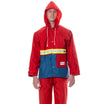
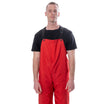
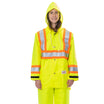
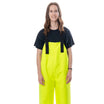
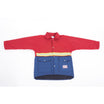
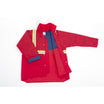

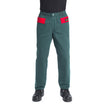
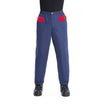
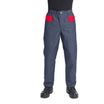
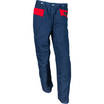
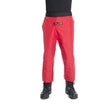
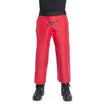
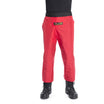
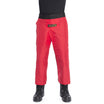
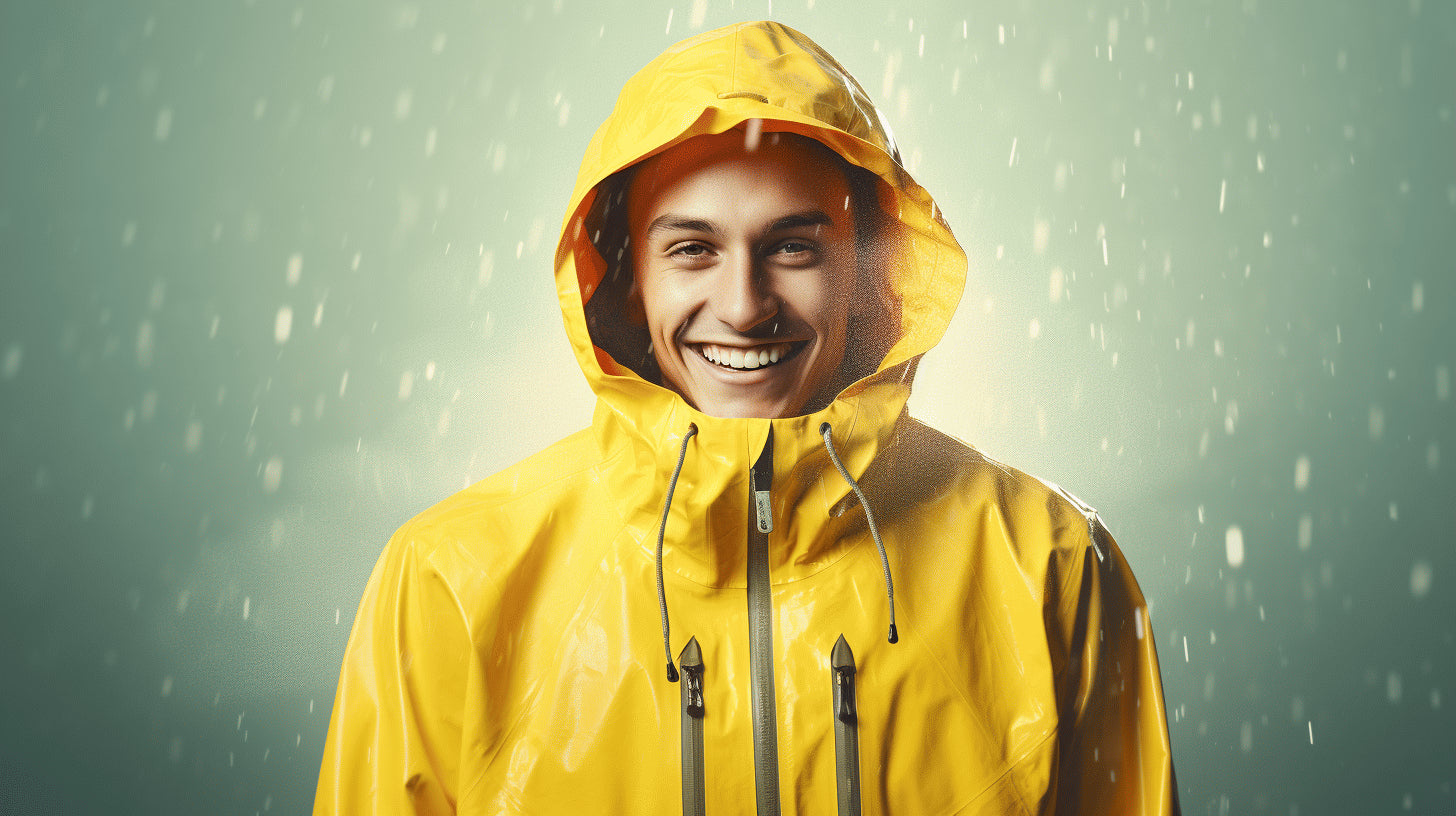
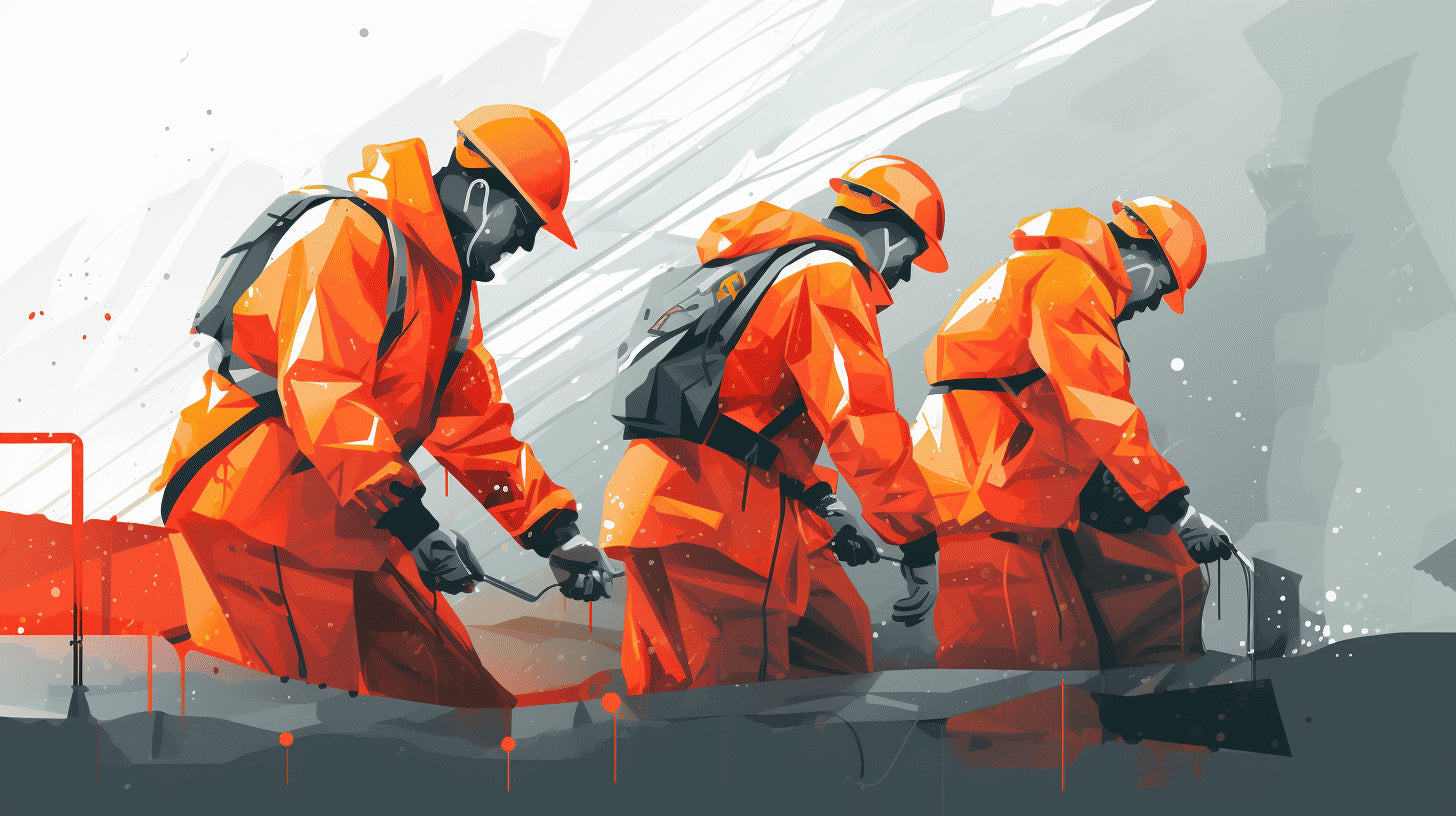
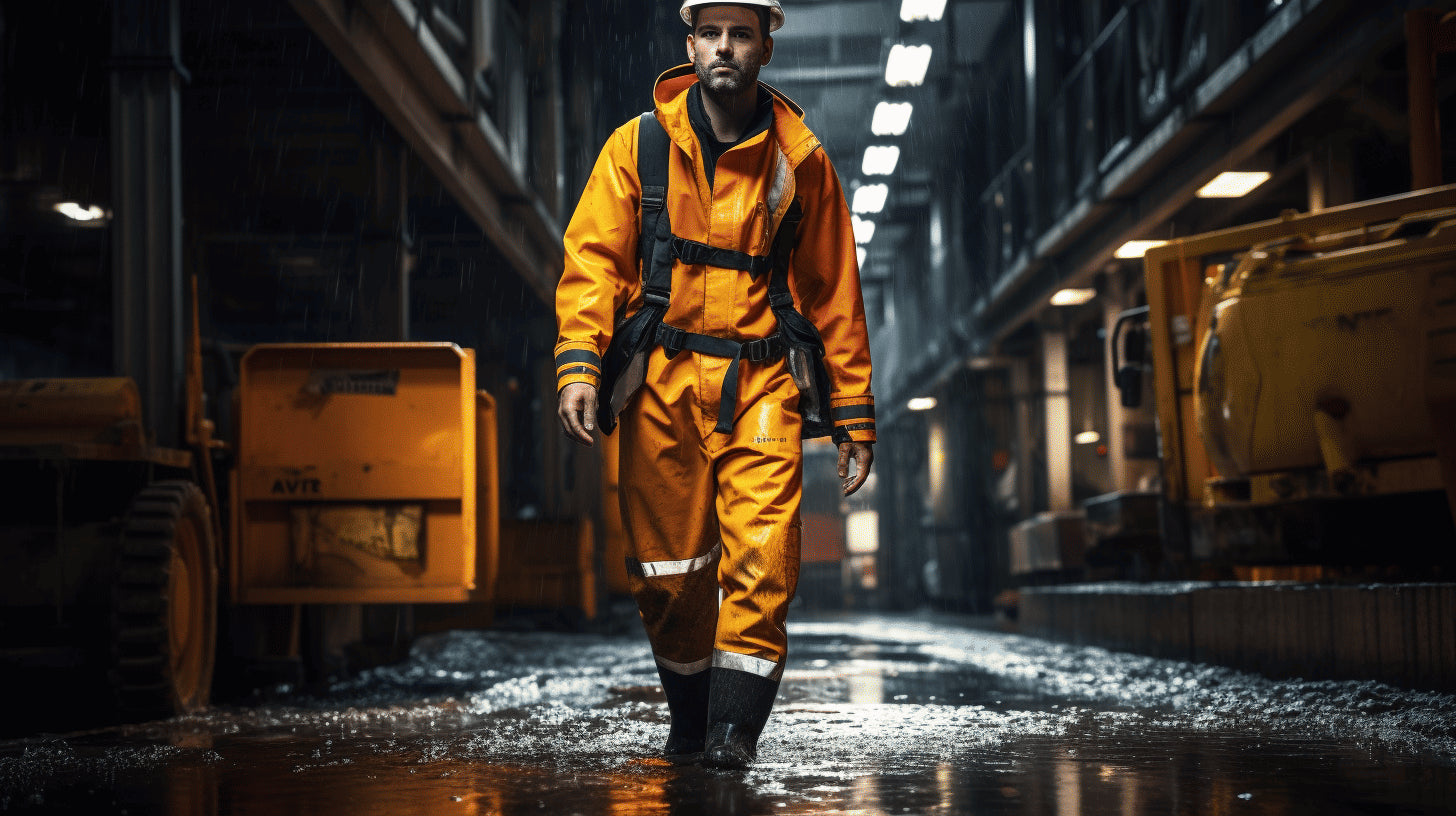
Leave a comment
This site is protected by hCaptcha and the hCaptcha Privacy Policy and Terms of Service apply.